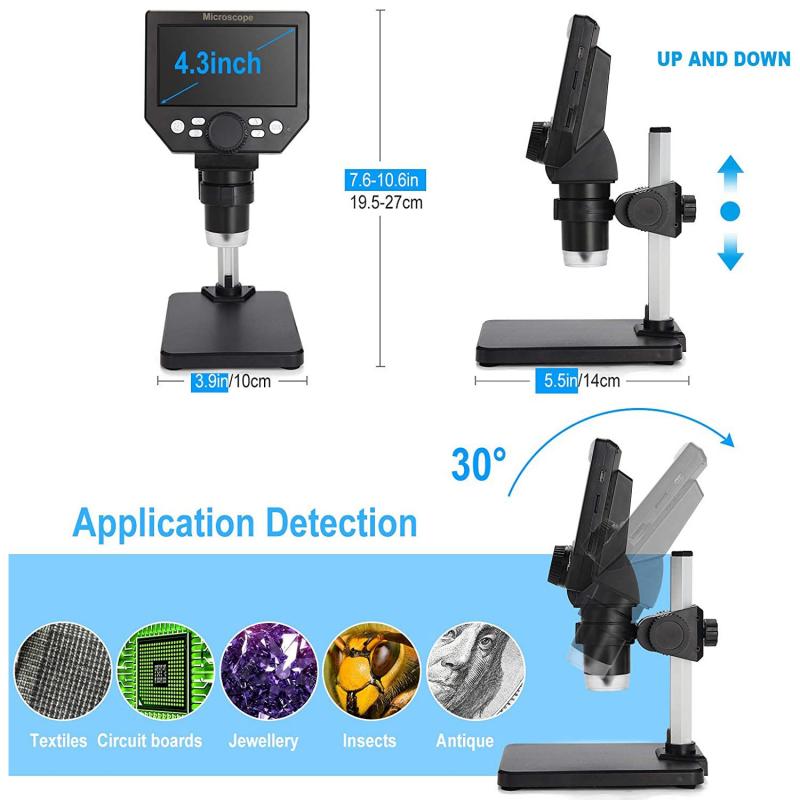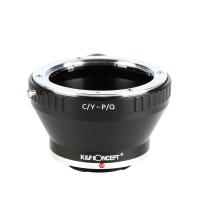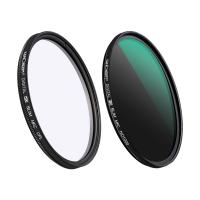How A Confocal Microscope Works ?
A confocal microscope works by using a pinhole to eliminate out-of-focus light from the sample being imaged. This is achieved by focusing a laser beam onto a single point on the sample, and then scanning the laser across the sample in a series of planes. As the laser scans each plane, a detector collects the light that is reflected back from the sample. The pinhole then blocks out any light that is not in focus, allowing only the light from the focal plane to pass through to the detector. This results in a high-resolution, three-dimensional image of the sample, with excellent contrast and minimal background noise. Confocal microscopy is widely used in biological research, as it allows scientists to study the structure and function of cells and tissues in great detail.
1、 Optical design of confocal microscope
How a confocal microscope works:
A confocal microscope is an advanced imaging tool that uses a laser beam to scan a sample and create a high-resolution 3D image. The key feature of a confocal microscope is its ability to eliminate out-of-focus light, which results in sharper and clearer images.
The basic principle of a confocal microscope is to use a pinhole aperture to block out-of-focus light. The laser beam is focused onto the sample, and the emitted light is collected by a detector through the pinhole aperture. The pinhole aperture only allows light from the focal plane to pass through, while blocking out-of-focus light from above and below the focal plane. This results in a sharper and clearer image of the sample.
The optical design of a confocal microscope is complex and involves several components, including a laser source, a scanning system, a pinhole aperture, and a detector. The laser source provides a high-intensity light source that is focused onto the sample. The scanning system moves the laser beam across the sample in a raster pattern, allowing for the collection of multiple images that can be reconstructed into a 3D image. The pinhole aperture is placed in front of the detector and blocks out-of-focus light, while allowing in-focus light to pass through. The detector collects the emitted light and converts it into an image.
Recent advancements in confocal microscopy include the development of super-resolution techniques, which allow for even higher resolution imaging. These techniques involve using specialized fluorescent dyes and advanced imaging algorithms to achieve resolutions beyond the diffraction limit of light. Additionally, confocal microscopy has been combined with other imaging techniques, such as fluorescence lifetime imaging microscopy (FLIM) and fluorescence correlation spectroscopy (FCS), to provide even more detailed information about biological samples.
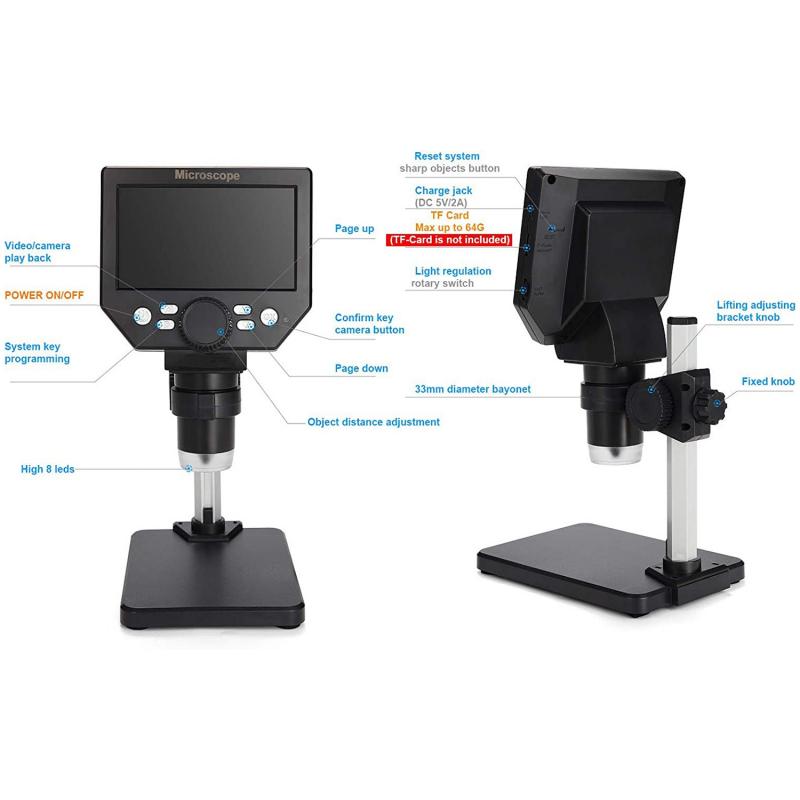
2、 Laser scanning and detection
A confocal microscope is a specialized type of microscope that uses laser scanning and detection to produce high-resolution images of biological samples. The laser scanning system is used to focus a beam of light onto a specific point within the sample, while the detection system collects the emitted light from that point. This process is repeated across the entire sample, creating a series of images that can be combined to produce a three-dimensional image of the sample.
The laser scanning system in a confocal microscope uses a focused laser beam to illuminate a small area of the sample. This beam is scanned across the sample in a series of lines, with the intensity of the emitted light being measured at each point. The detection system then collects this emitted light, which is typically fluorescent, and uses a pinhole aperture to block out any light that is not coming from the focal point of the laser beam. This helps to eliminate any out-of-focus light, resulting in a sharper, clearer image.
One of the latest developments in confocal microscopy is the use of super-resolution techniques, which allow for even higher resolution images to be produced. These techniques use specialized fluorescent dyes and advanced imaging algorithms to overcome the diffraction limit of light, which has traditionally limited the resolution of optical microscopes. This has opened up new possibilities for studying biological structures and processes at the molecular level, and has led to many exciting discoveries in the field of cell biology.

3、 Pinhole aperture and spatial resolution
A confocal microscope is a specialized type of microscope that uses a pinhole aperture to improve spatial resolution and reduce background noise. The pinhole aperture is placed in front of the detector, and only light that passes through the aperture is detected. This allows for the elimination of out-of-focus light, resulting in sharper images with better contrast.
The pinhole aperture works by blocking light that is not in focus, which reduces the depth of field and improves the resolution of the image. This is because the pinhole aperture only allows light from a small area of the sample to pass through, which reduces the amount of light that is detected from other areas of the sample that are out of focus.
The spatial resolution of a confocal microscope is determined by the size of the pinhole aperture. Smaller apertures result in higher spatial resolution, but also reduce the amount of light that is detected. Therefore, a balance must be struck between spatial resolution and signal-to-noise ratio.
Recent advancements in confocal microscopy have focused on improving the speed and sensitivity of the technique. This has been achieved through the use of new detector technologies, such as superconducting nanowire detectors, and the development of new imaging modalities, such as stimulated emission depletion (STED) microscopy.
Overall, confocal microscopy is a powerful tool for imaging biological samples with high spatial resolution and contrast. The use of a pinhole aperture allows for the elimination of out-of-focus light, resulting in sharper images with better contrast. Ongoing advancements in the field are likely to further improve the speed and sensitivity of the technique, making it an even more valuable tool for biological research.
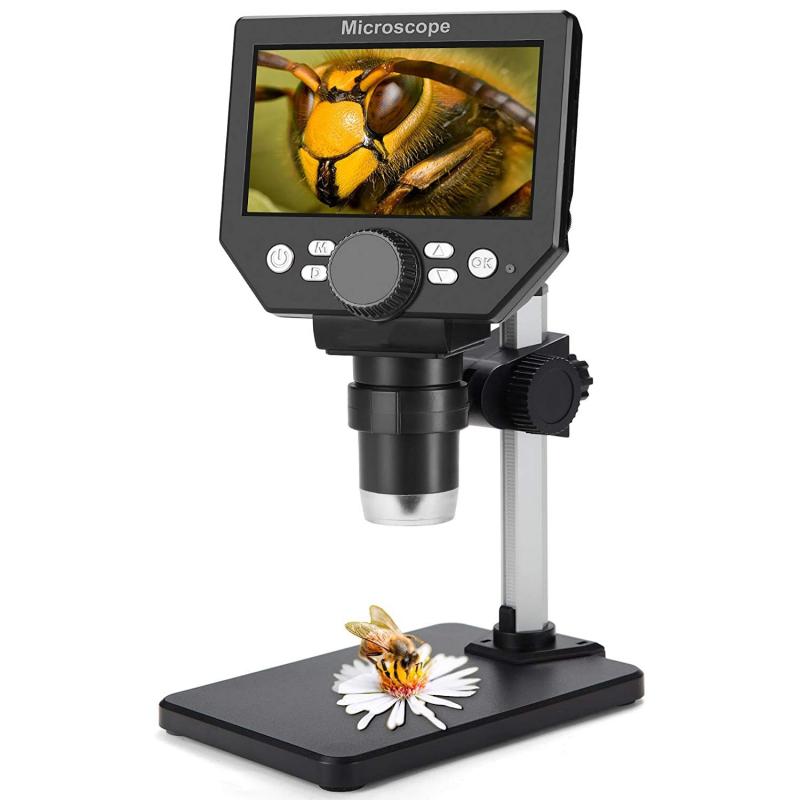
4、 Fluorescence labeling and imaging
Fluorescence labeling and imaging is a powerful technique used in biological research to visualize specific molecules or structures within cells or tissues. This technique involves the use of fluorescent dyes or proteins that bind to specific targets, such as proteins or DNA, and emit light when excited by a specific wavelength of light.
To visualize these fluorescent signals, confocal microscopy is often used. A confocal microscope works by using a laser to excite the fluorescent molecules within a sample, and then collecting the emitted light through a pinhole aperture. This pinhole aperture allows for the collection of light only from a specific focal plane, which eliminates out-of-focus light and improves image resolution.
In recent years, advancements in confocal microscopy have allowed for even greater imaging capabilities. For example, super-resolution techniques such as stimulated emission depletion (STED) microscopy and structured illumination microscopy (SIM) have been developed, which allow for imaging at resolutions beyond the diffraction limit of light.
Additionally, the use of genetically encoded fluorescent proteins, such as green fluorescent protein (GFP), has revolutionized the field of fluorescence labeling and imaging. These proteins can be expressed within cells or tissues, allowing for the visualization of specific structures or processes in real-time.
Overall, fluorescence labeling and imaging, coupled with confocal microscopy, has become an essential tool in biological research, allowing for the visualization of complex biological processes at high resolution and in real-time.
